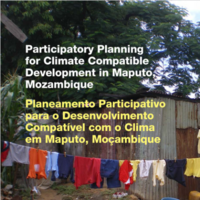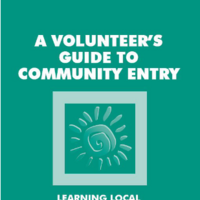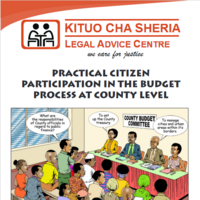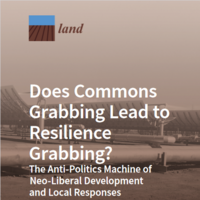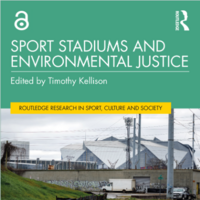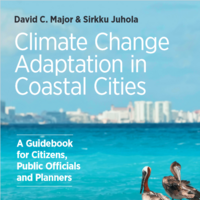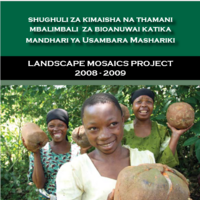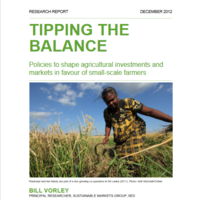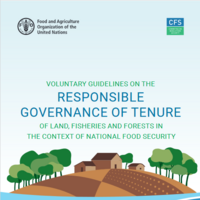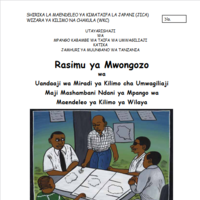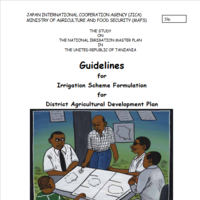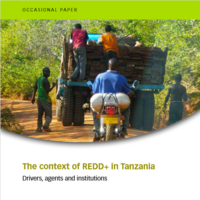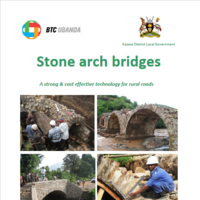Search
Books+
Searching 1,73 books
Search related to the career Land Use Planner
Introduction:
Land use planners play a crucial role in shaping the development and utilization of land resources. To ensure effective and inclusive decision-making, collaboration with stakeholders is essential. Here are some ways in which land use planners collaborate with stakeholders:
1. Identifying Stakeholders:
Land use planners begin by identifying relevant stakeholders who have an interest or will be affected by land use decisions. These stakeholders can include local residents, community organizations, businesses, environmental groups, government agencies, and others.
2. Stakeholder Engagement:
Land use planners engage stakeholders through various methods to gather their input and perspectives. This can include public meetings, workshops, surveys, focus groups, and online platforms. These engagement efforts aim to create opportunities for stakeholders to express their opinions, concerns, and ideas.
3. Sharing Information:
Land use planners provide stakeholders with relevant information about land use plans, policies, and proposed developments. This information sharing ensures that stakeholders have access to accurate and up-to-date information, enabling them to make informed contributions to the planning process.
4. Collaborative Decision-Making:
Land use planners facilitate collaborative decision-making processes that involve stakeholders. This can include joint problem-solving sessions, advisory committees, or task forces. By involving stakeholders in decision-making, land use planners can incorporate diverse perspectives and build consensus.
5. Seeking Feedback and Review:
Land use planners actively seek feedback and review from stakeholders on draft plans, policies, or proposals. This can be done through public comment periods, open houses, or online platforms. By incorporating stakeholder feedback, planners can refine and improve their plans to better align with community needs and aspirations.
6. Building Partnerships:
Land use planners collaborate with stakeholders by building partnerships and fostering relationships. This can involve working closely with community organizations, businesses, and government agencies to develop shared goals and strategies for land use planning.
7. Continuous Communication:
Land use planners maintain ongoing communication with stakeholders throughout the planning process. This includes providing updates, addressing concerns, and ensuring transparency. Regular communication helps to build trust and keeps stakeholders informed and engaged.
8. Monitoring and Evaluation:
Land use planners involve stakeholders in monitoring and evaluating the implementation of land use plans. This can include reviewing the effectiveness of policies, assessing the impact of development projects, and soliciting feedback on the outcomes. Stakeholder involvement in monitoring and evaluation ensures accountability and enables adaptive planning.
Conclusion:
Collaboration with stakeholders is a fundamental aspect of land use planning. By engaging stakeholders, land use planners can incorporate diverse perspectives, build consensus, and create plans that better reflect the needs and aspirations of the community.
Source: Various AI tools
Maendeleo endelevu
Books tagged sustainable development
Searched in English.

